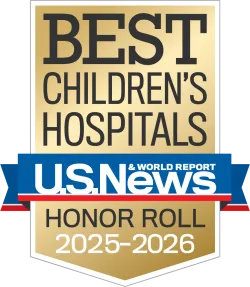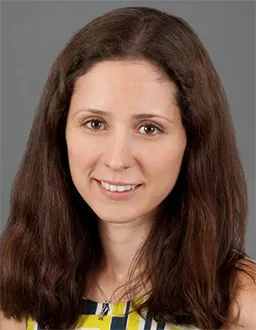Breadcrumb
- Home
- Conditions & Treatments
- Chalazion
What is a chalazion?
A chalazion is a persistent inflammation or swelling of the upper or lower eyelid that can also include the middle part of the eyelid. Swelling may also occur in other parts of the eye due to a secondary infection.
A chalazion is caused by a blockage of one of the glands in the eyelid. Swelling associated with a chalazion is not usually painful, but the entire lid may become swollen and painful if the initial chalazion becomes infected. A small chalazion may go away on its own without treatment in a couple of months.
Symptoms & Causes
What are the symptoms of a chalazion?
Each child may experience symptoms differently, but the most common symptoms of a chalazion include:
- A small bump that can usually be felt in the eyelid
- A gradual swelling of the eyelid
- Discomfort in the eye or difficulty seeing if the chalazion is large
Swelling associated with a chalazion is not usually painful, but the entire lid may become swollen and painful if the initial chalazion becomes infected.
Because the symptoms of a chalazion may resemble other conditions or medical problems, you should always consult your child's physician for a diagnosis.
What causes a chalazion?
A chalazion is caused by a blockage of one of the glands in the eyelid. Swelling may also occur in other parts of the eye due to a secondary infection.
Diagnosis & Treatments
How is a chalazion diagnosed?
A chalazion is usually diagnosed based on a complete medical history and physical examination of your child. Additional tests are usually not required to assist in diagnosis. If your child has a small chalazion, it may go away on its own without treatment in a couple of months.
How is a chalazion treated?
Treatment of a secondary infection or larger chalazion may include:
- Antibiotic drops for the eye
- Applying warm, wet compresses to your child's eyes for a period of approximately 15 minutes, several times throughout the day
- Instructing your child not to squeeze or rub the chalazion
- Having your child wash his or her hands frequently
If symptoms do not improve, surgery may be necessary to remove the chalazion.





